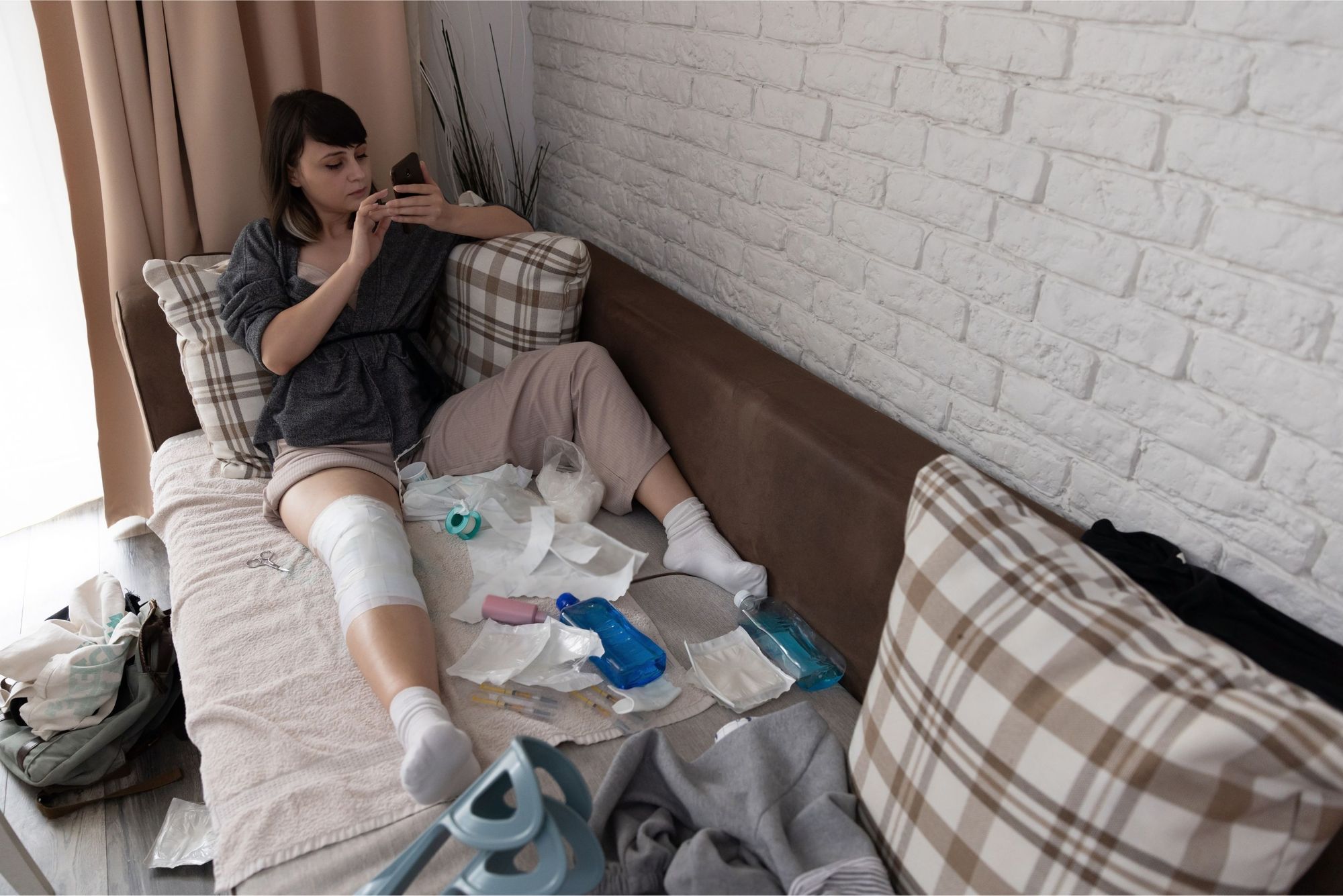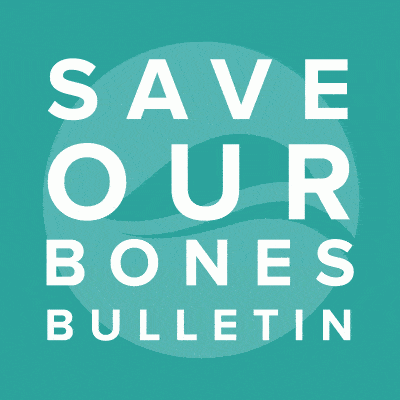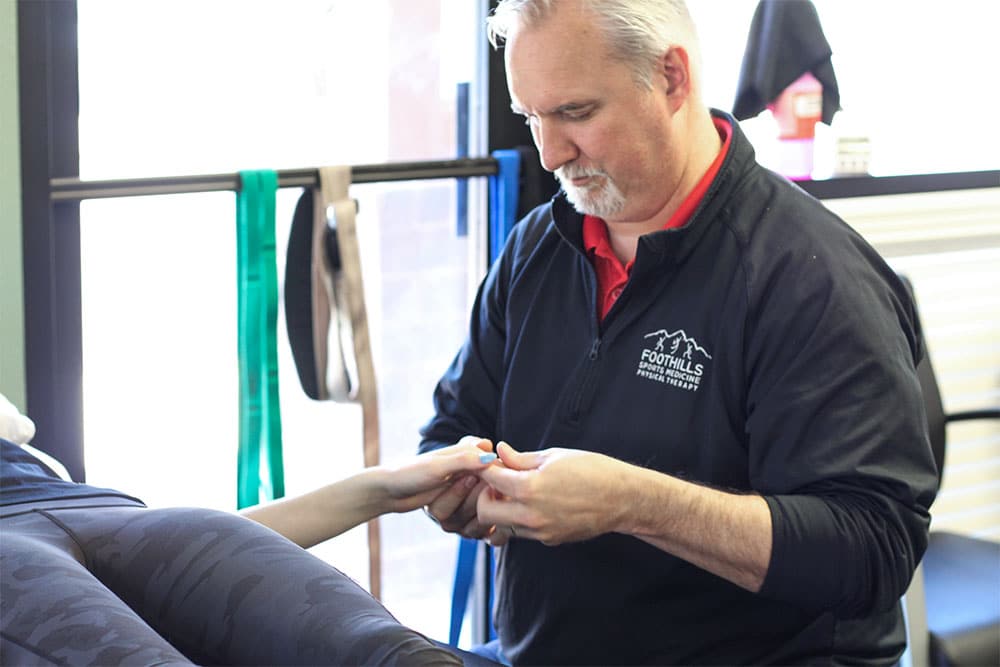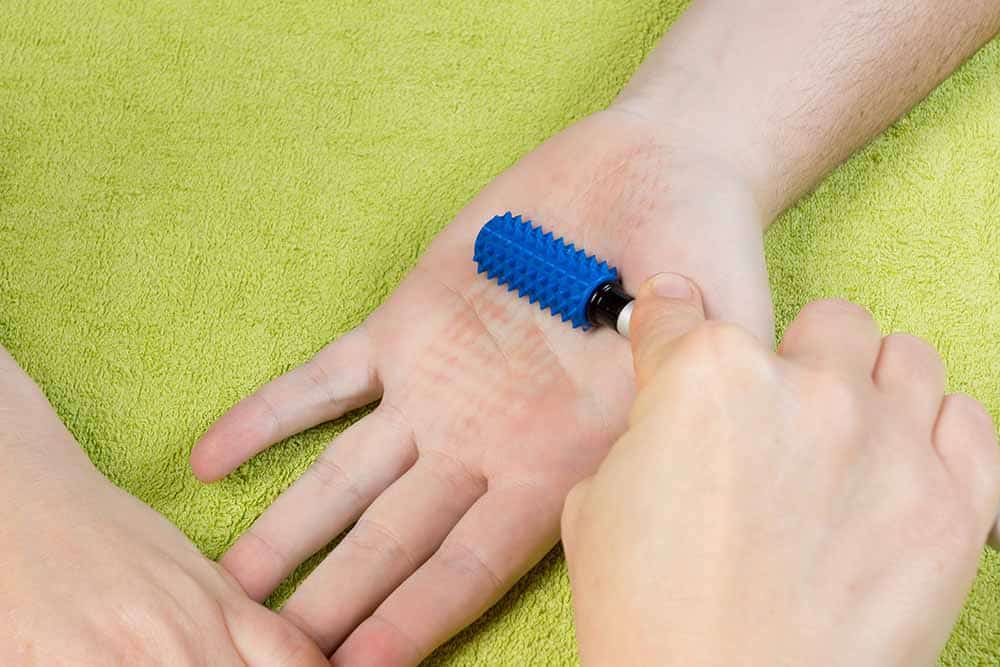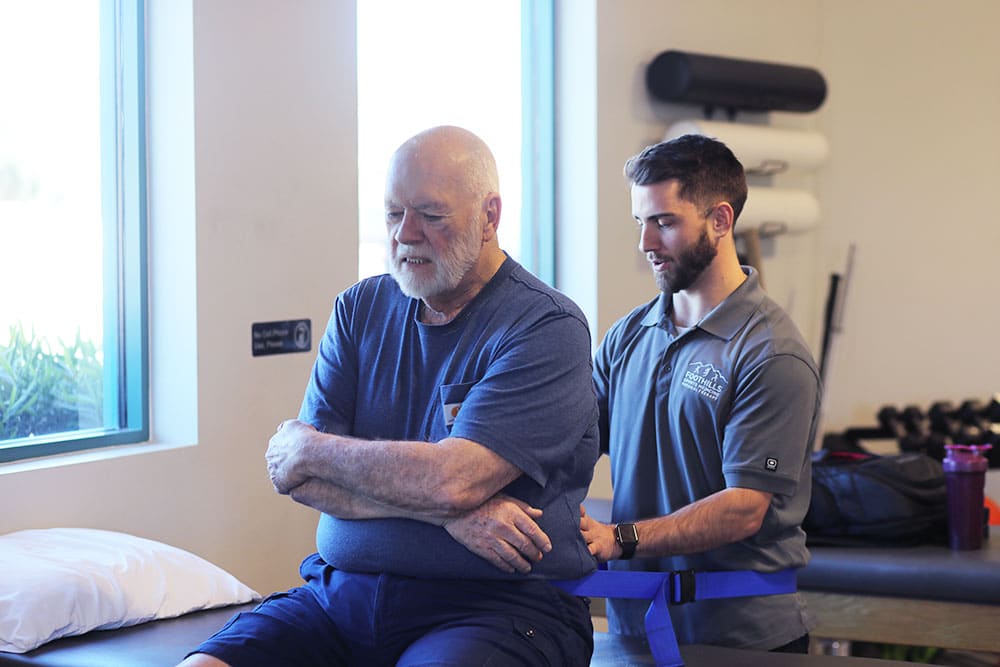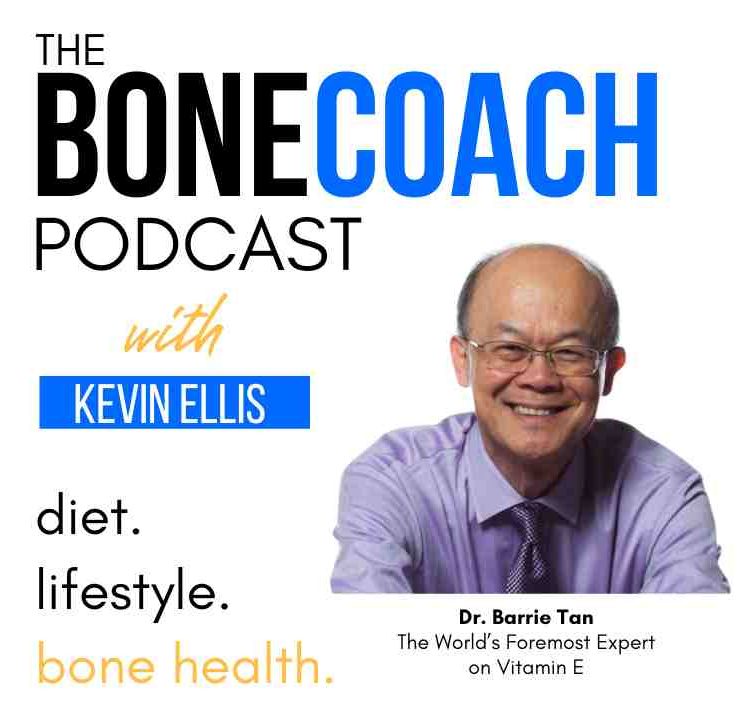New research enriches our understanding of bone function and provides insight into maintaining its quality and strength. This bulletin delves into three new studies that point the way to the future of bone health.
First we’ll look at a report on the genetics of bone loss. Scientists have identified a protein that plays an important role in regulating the genes that control bone regeneration.
Next, you’ll learn about a group of Finnish scientists who are using 3D modeling to revolutionize the way we assess bone health and predict fracture risk.
Finally, we look at a report from the PhyloBone project. The project’s leaders are using techniques from evolutionary biology to identify and study proteins in the bone matrix that may have the power to regulate bone regeneration.
Study focuses on genes for another new osteoporosis drug
A new study published in The FASEB Journal linked the expression of a certain gene to reduced bone loss in postmenopausal women.
Researchers have identified a gene that regulates the high mobility group AT-hook 1 (Hmga1) protein. This protein regulates the expression of genes that convert bone marrow-derived mesenchymal stem cells (BMSCs) into cells that build new bone.
Relevant excerpt
“Tests on rats showed an increase in Hmga1 expression during bone formation, but a decrease when the rats underwent ovariectomy, which simulated the conditions of menopause. Introducing more Hmga1 to these rats led to a remarkable recovery in bone resorption.
Yihe Hu, PhD, from Zhejiang University in China, the lead author, noted: “Our study showed that Hmga1 prevents bone loss by promoting the osteogenic differentiation of BMSCs in osteoporosis rats, suggesting that Hmga1 could be an important therapeutic target for osteoporosis. are.”1
Unfortunately, when Dr. Yihe Hu calls “therapeutic target,” he is referring to a potential new osteoporosis drug that would be developed, marketed and sold by Big Pharma. Nevertheless, new information about the genetic pathways that lead to bone formation is welcome, as it could also prove to have non-pharmaceutical applications.
Short content
A new study identified a genetic pathway that increases bone formation. Researchers discovered that a protein called Hmga1 regulates the expression of genes that instruct bone marrow-derived mesenchymal stem cells (BMSCs) to become bone-building cells. Increasing Hmga1 in rats with induced bone loss led to restoration of bone loss.
3D modeling can provide more accurate assessments of bone health
Researchers in Sweden have developed a method to create a 3D model of a patient’s bones based on information from 2D X-ray images.
The report, published in the Journal of Bone and Mineral Research, concluded that they were able to identify thousands of patients at risk of fractures who would be overlooked by current assessment methods.
Relevant excerpt
Lorenzo Grassi, associate professor of biomedical engineering at Lund University, was responsible for evaluating the method. He explains that the new method uses 2D X-ray images of bone density measurements to produce 3D models of the femur.
“The shift from 2D to 3D is performed using a computer-simulated template that describes how bone geometry and density varies in the population.”
The 3D model of the femur can be used to simulate various situations and scenarios that could have an influence, for example in the event of a fall. Information that makes it easier to estimate the risk of fractures.”2
Grassi developed 3D simulations using data from 400 study participants who had previously undergone X-ray-based bone mineral density assessments. When he compared the accuracy of each method in predicting which patients would break their hip over the next decade, the 3D simulation provided a more accurate prediction.
This new method could provide patients with a more comprehensive understanding of their bone health compared to DXA scans. However, because the modeling uses the information from the 2D X-ray, it would complement rather than replace DXA technology.
Short content
Researchers in Sweden developed a method for creating a 3D model of a patient’s bone from 2D DXA scans. Their 3D model proved to be more effective than DXA scans in predicting fractures.
Evolutionary biology provides new data on bone regeneration
Scientists in Finland have discovered hundreds of non-collagenous proteins in the bone matrix that may play a role in bone formation and regeneration.
Their research, conducted as part of the PhyloBone project, uses the principles of evolutionary biology to identify molecular mechanisms that maintain bone health.
Relevant excerpt
“Since the bone matrix, which constitutes the majority of bone mass, plays both structural and regulatory roles, non-collagenous organic components play a key function in bone regulation. For example, it is known that few non-collagenous proteins, such as osteopontin, play an important role in bone formation. However, the bone matrix consists of hundreds of proteins that are still poorly understood and that may play an important regulatory role in bone regeneration and osteoporosis.
“Our project has identified 255 proteins in 30 species of vertebrates. The aim of the project is to serve as a valuable resource for further research in bone regeneration, osteoporosis and related areas,” says Dr. Puigbò, co-principal investigator of the PhyloBone project.”3
The project will continue to conduct studies to determine the regulatory role of bone proteins. They have shared their data on these understudied proteins with the scientific community, with the aim of encouraging further research and new discoveries in the field of bone matrix proteins.
Hopefully, this research will lead to new knowledge on how bone regeneration can be supported and enhanced through behavioral and lifestyle changes. However, it may also stimulate the development of new drugs against osteoporosis.
Short content
Finnish scientists have identified hundreds of proteins in the bone matrix that may play a role in bone formation and regeneration. They have made their data on these underdeveloped proteins available to the scientific community, which will hopefully lead to more research and new discoveries.
What this means for you
New research offers new insights and information. We can apply this knowledge in our pursuit of stronger, healthier bones.
The connection between the latest scientific research and an informed, drug-free approach to bone health is at the heart of the Osteoporosis Reversal Program. The Save Institute uses scientific research published in mainstream journals to ensure its drug-free approach is the safest and most effective method for reversing and preventing osteoporosis.
As science advances, it increasingly emphasizes the importance of diet, exercise and lifestyle as the key tools for maintaining healthy bones and ensuring a robust, long and independent life.
References
1 https://www.revyuh.com/news/lifestyle/health-and-fitness/how-to-avoid-the-risk-of-osteoporosis-study-suggests-a-new-way-to-fight-brittle- bone disease/
2 https://www.news-medical.net/news/20230913/New-method-could-improve-prediction-of-osteoporotic-fracture-risk.aspx
3 https://medicalxpress.com/news/2023-08-bone-regeneration-osteoporosis-evolution.html



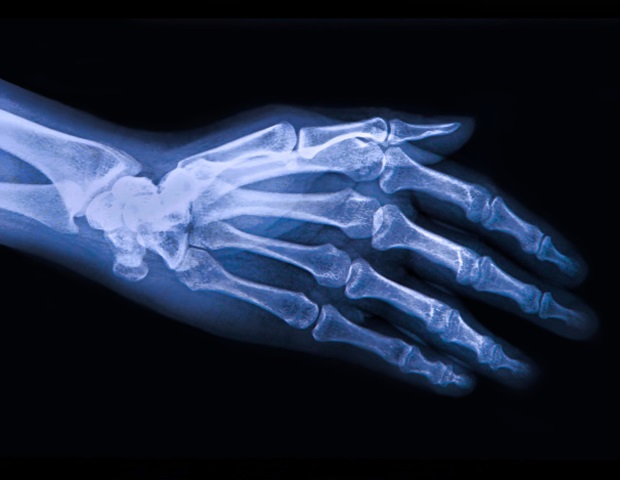




 Knee injuries are disruptive at best, but can lead to pain and damage in the long term if you don’t get the right treatment. Knowing when to have knee surgery can save you from chronic pain and complications. Learn about the most common types of knee injuries that require surgery to repair.
Knee injuries are disruptive at best, but can lead to pain and damage in the long term if you don’t get the right treatment. Knowing when to have knee surgery can save you from chronic pain and complications. Learn about the most common types of knee injuries that require surgery to repair.